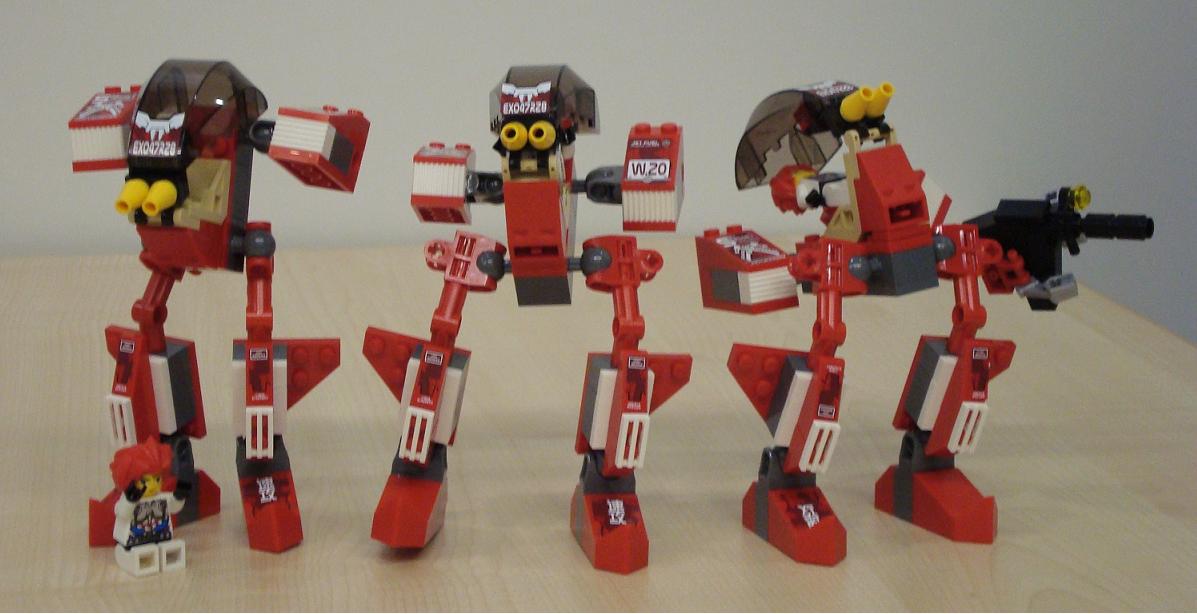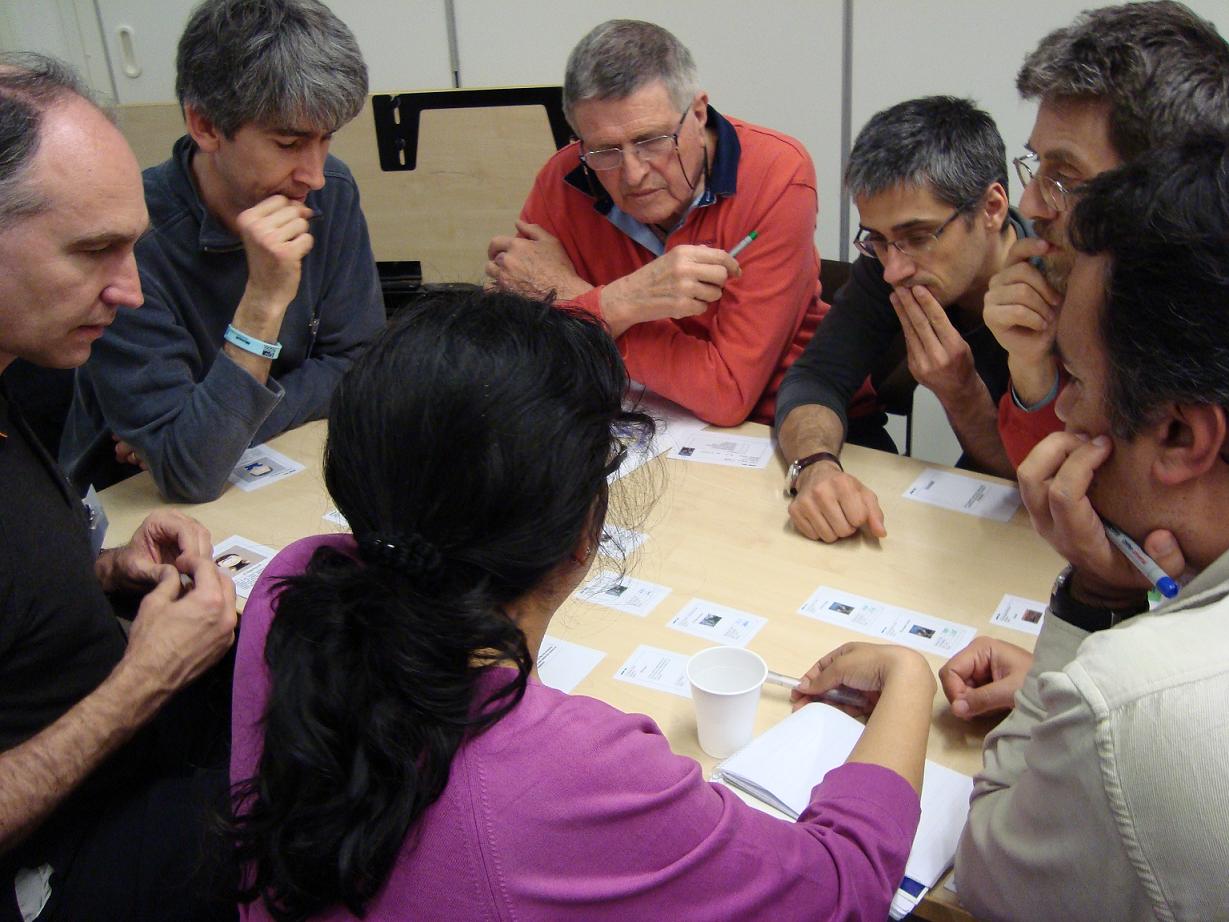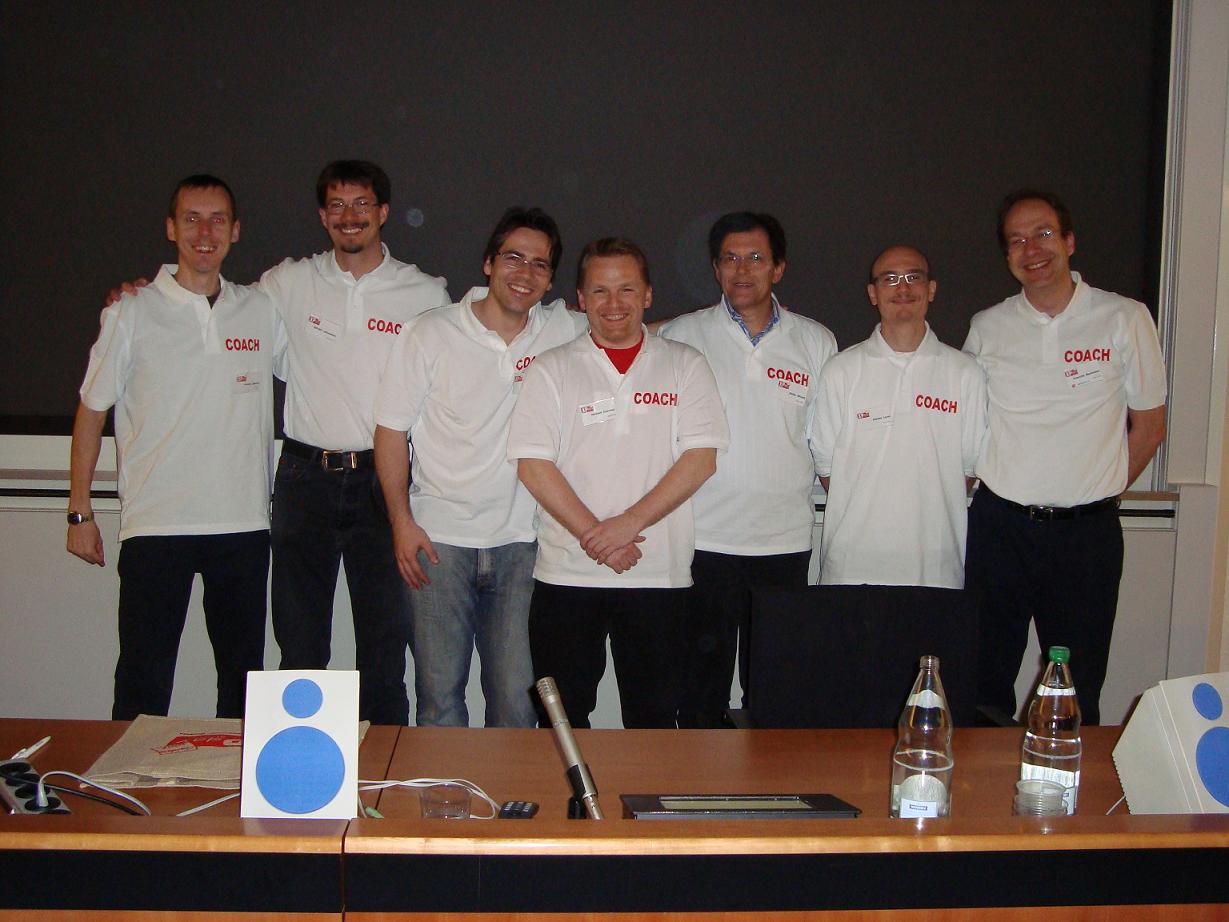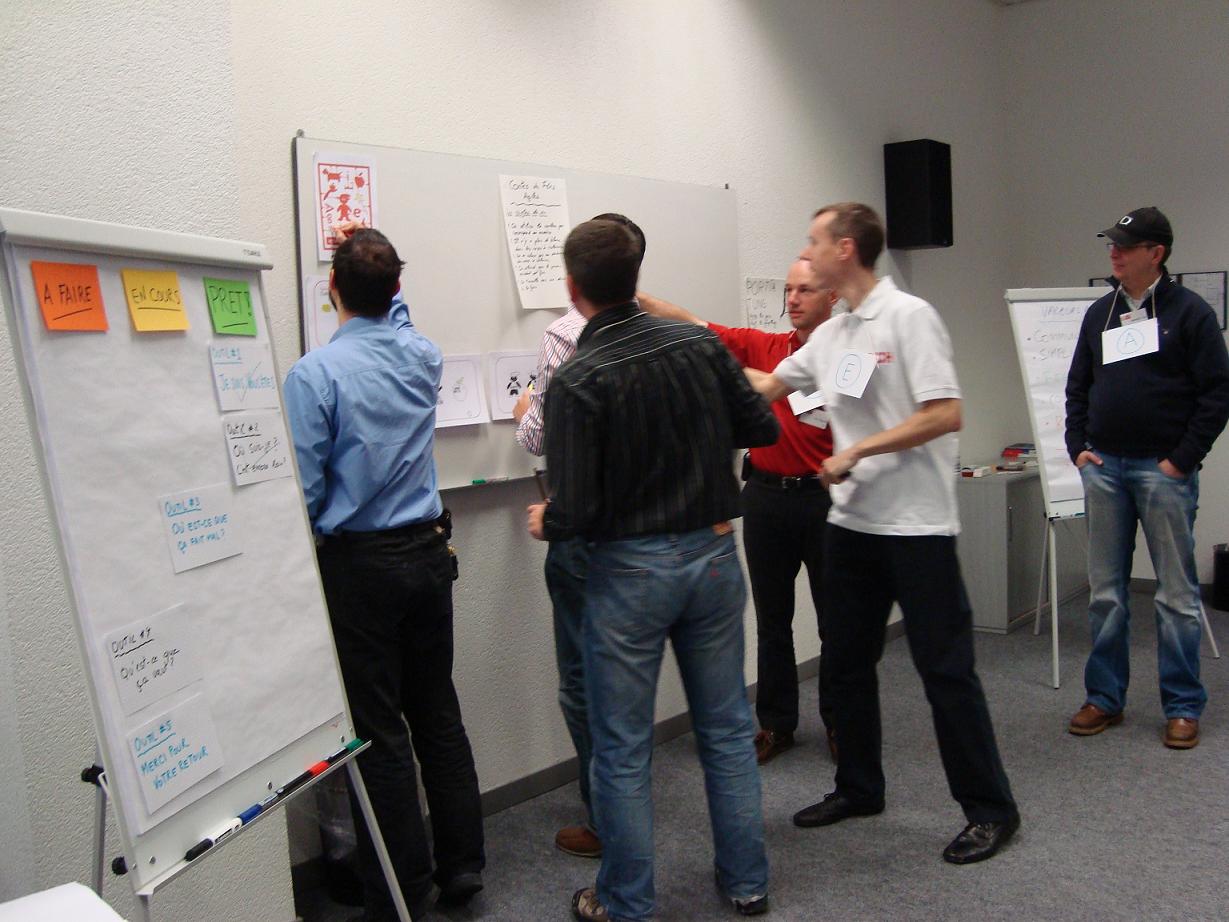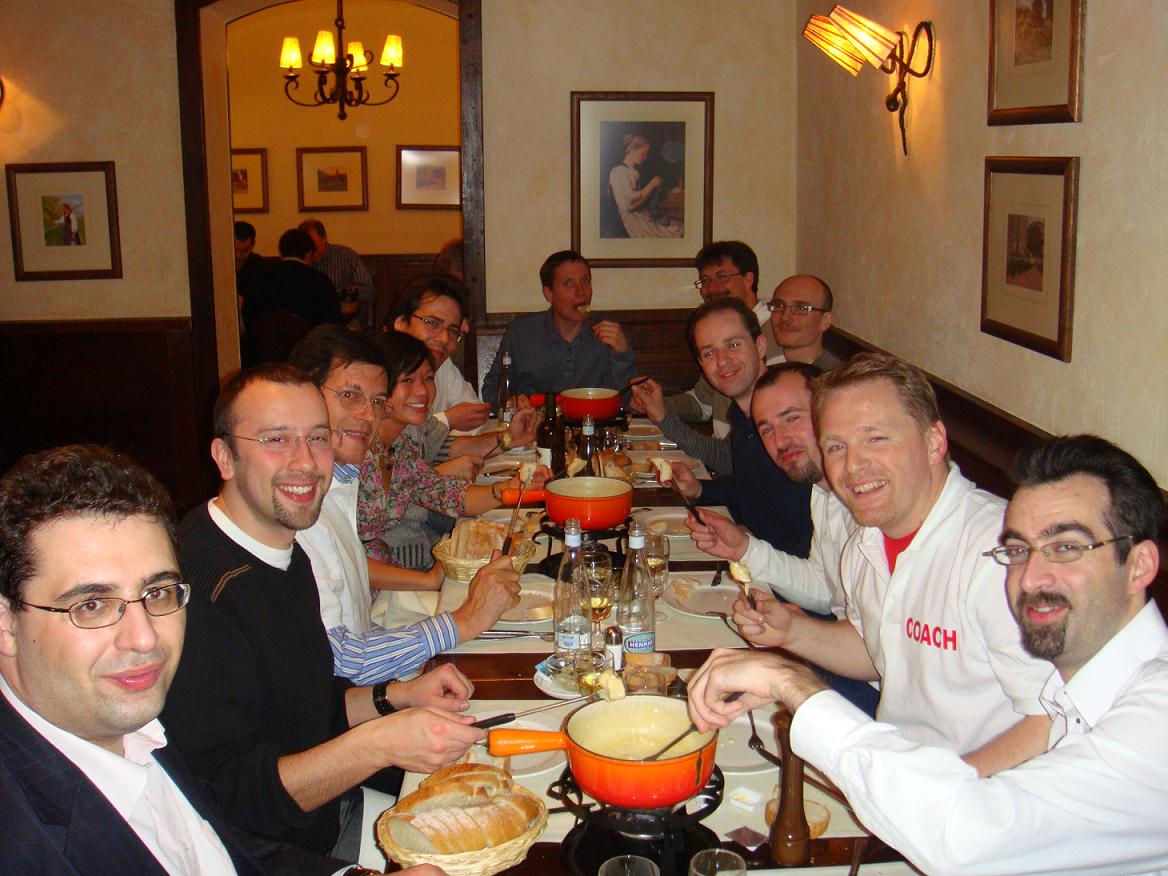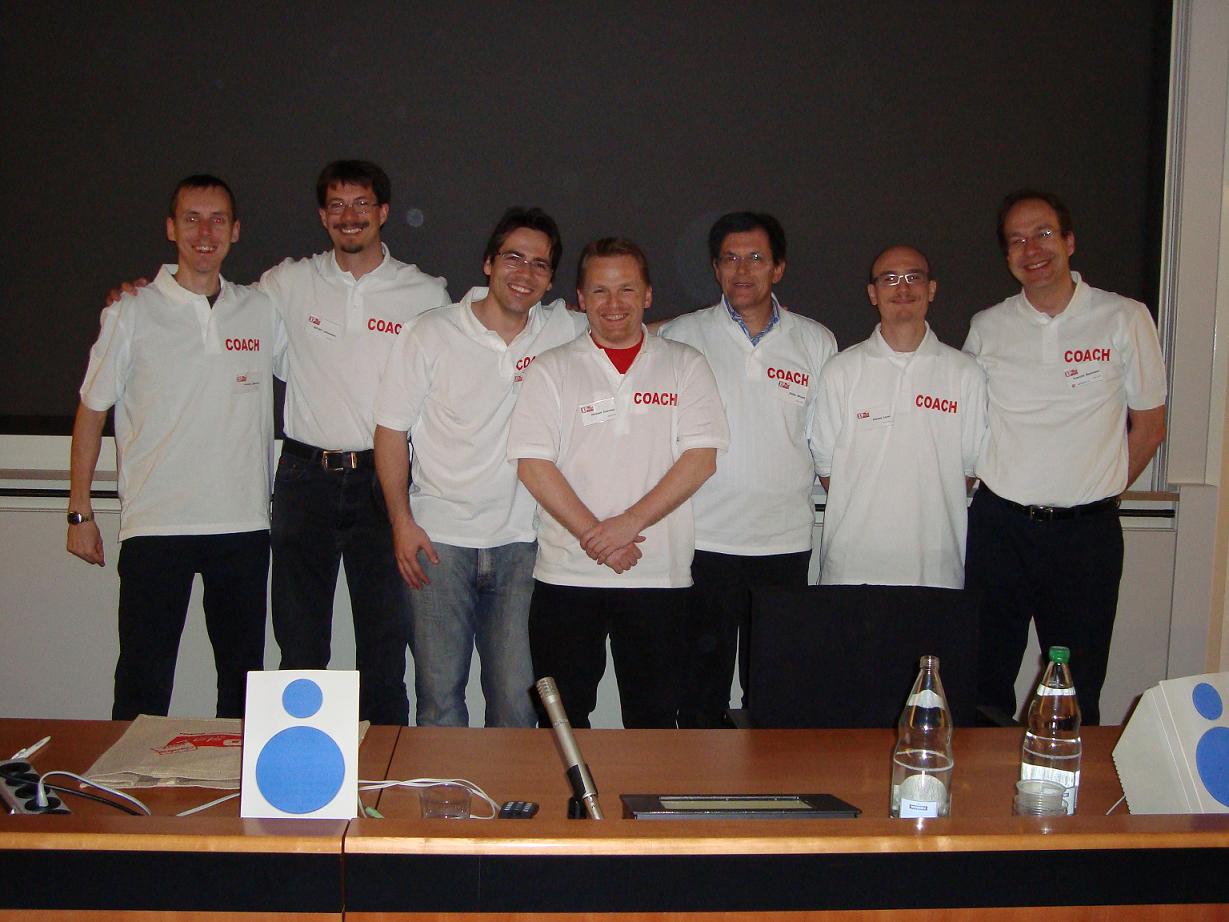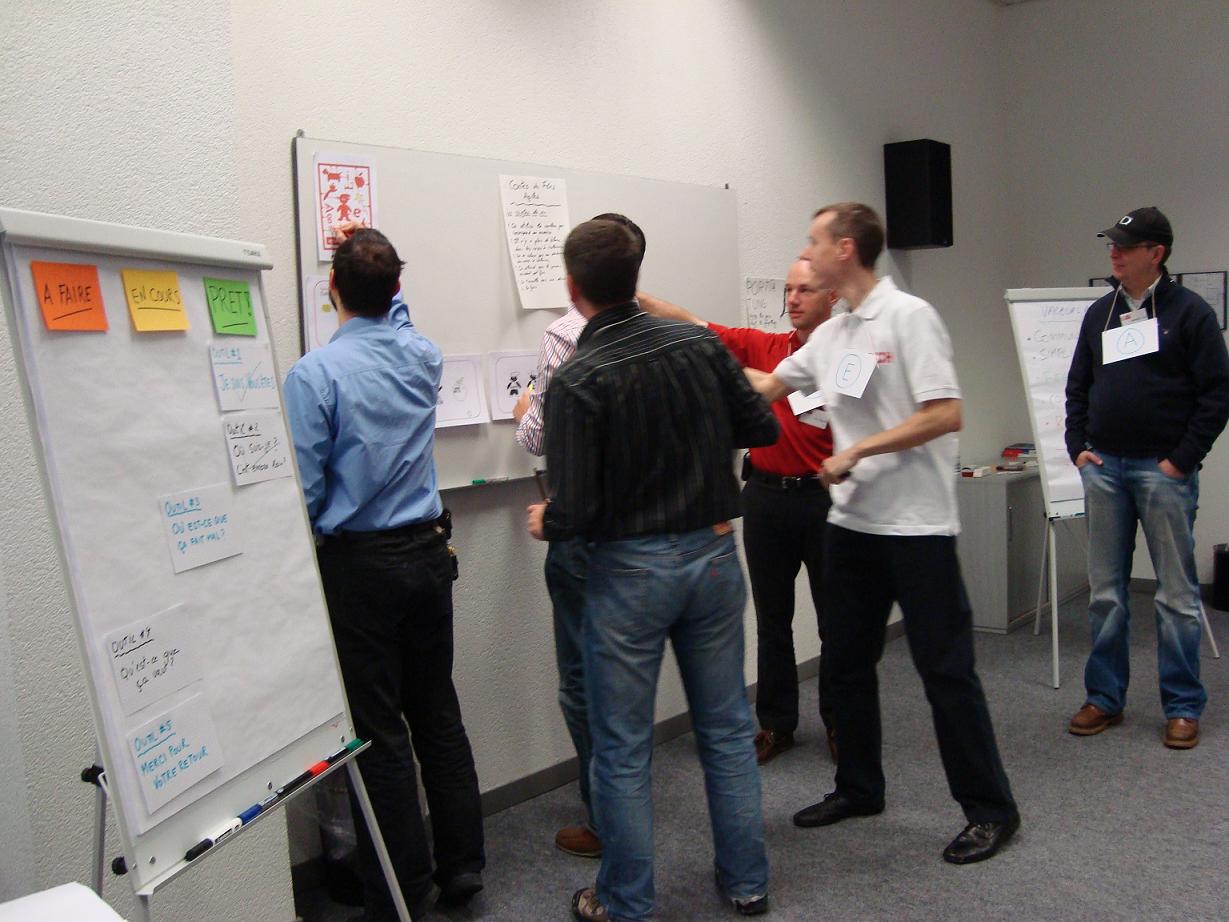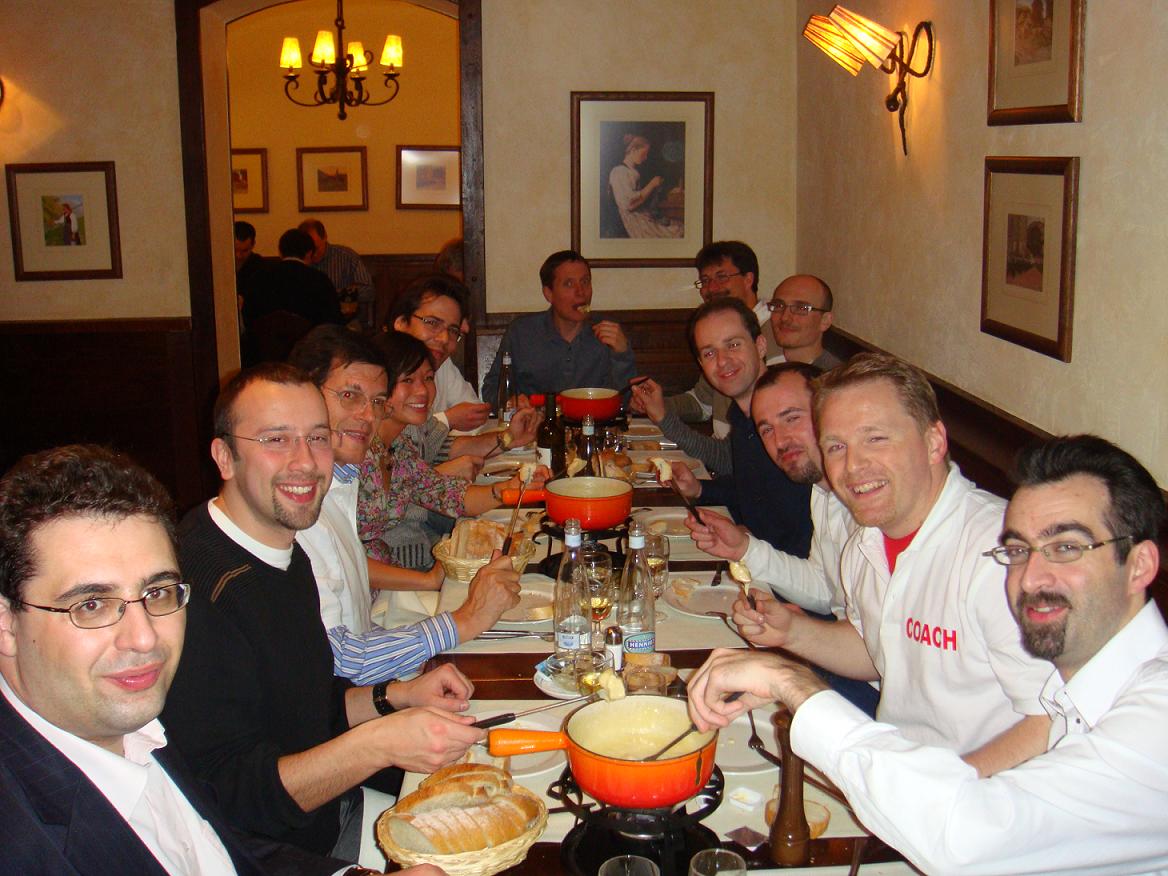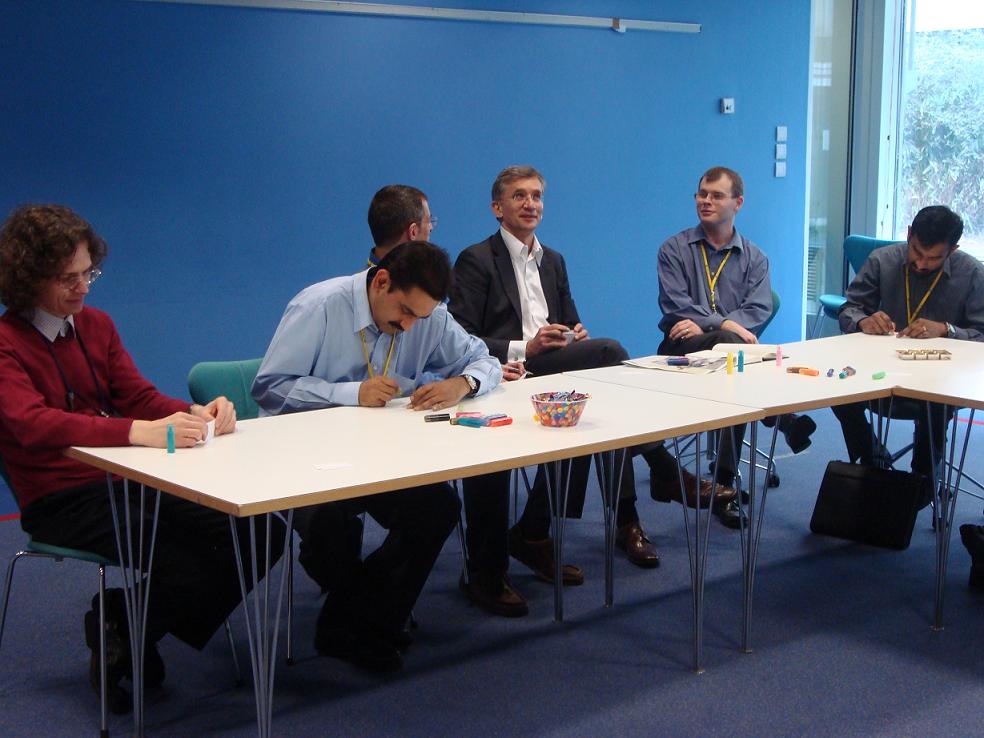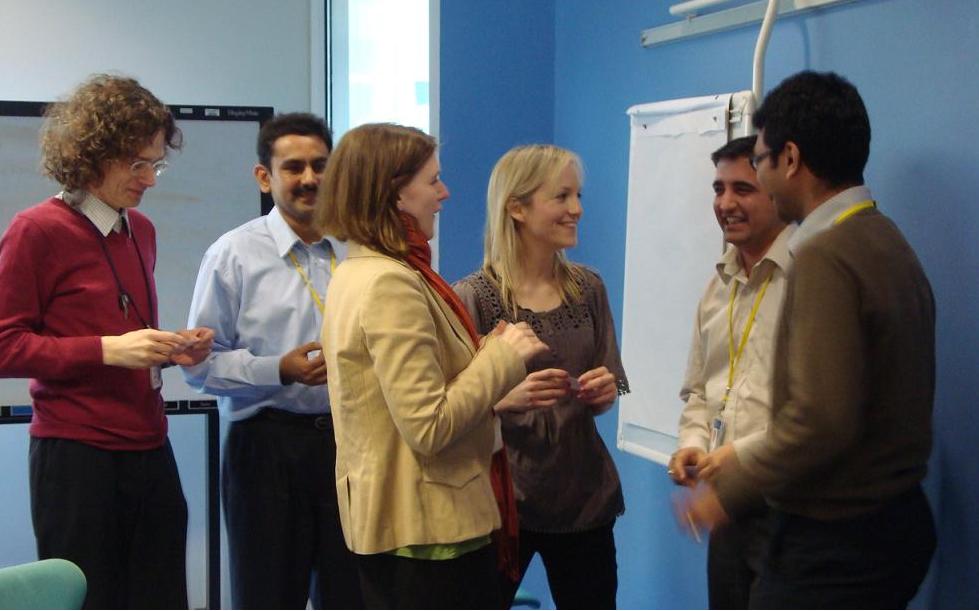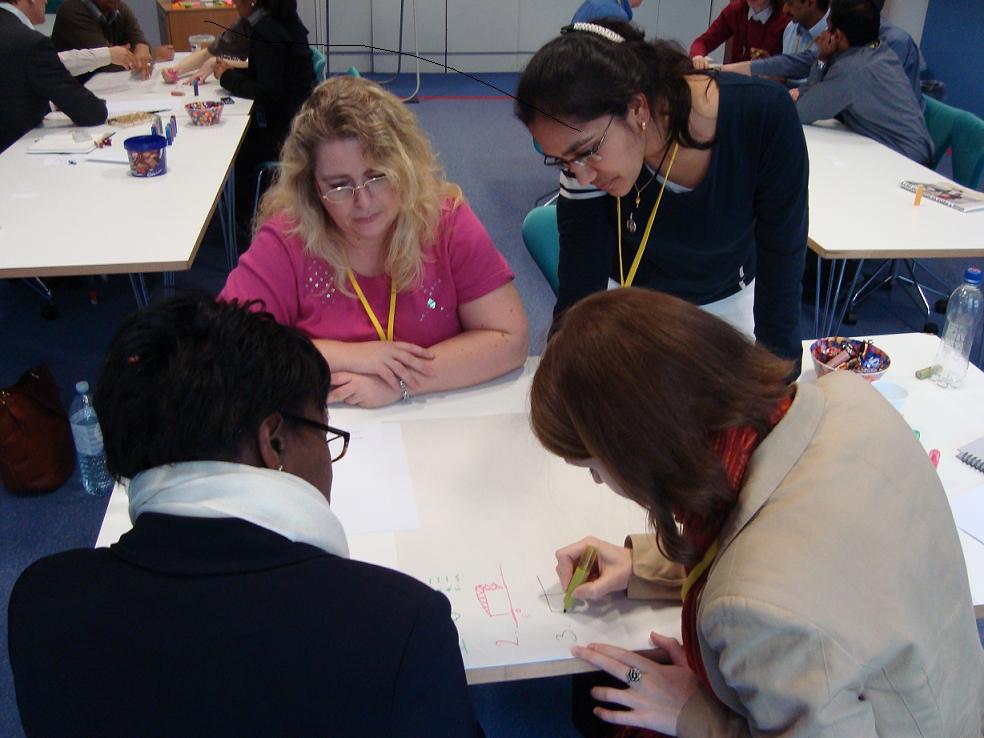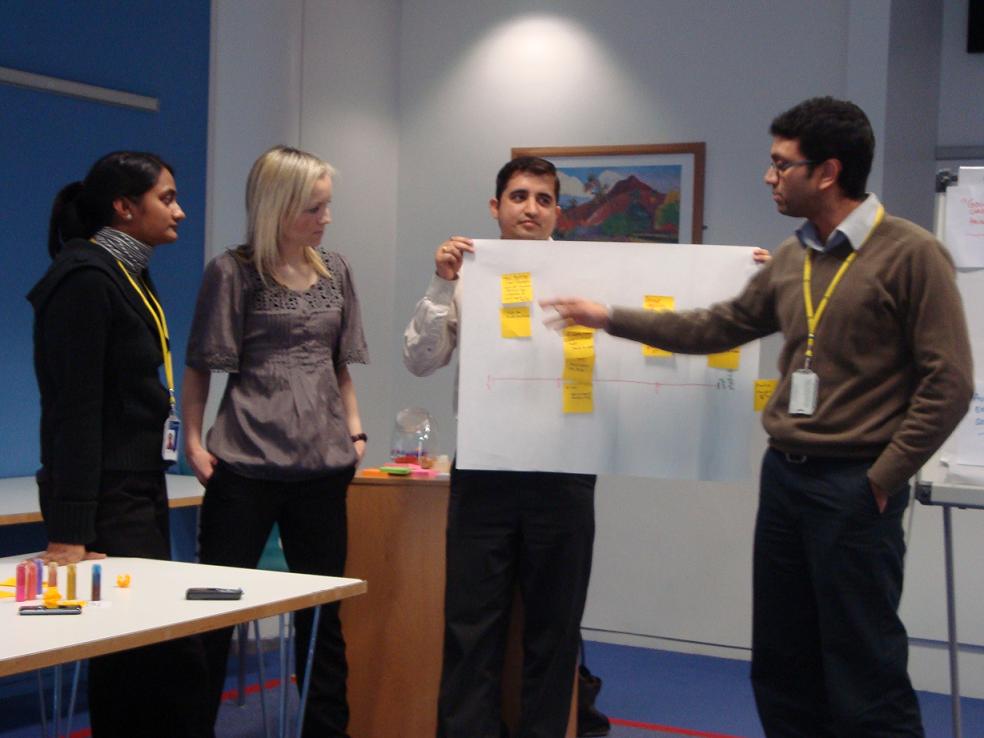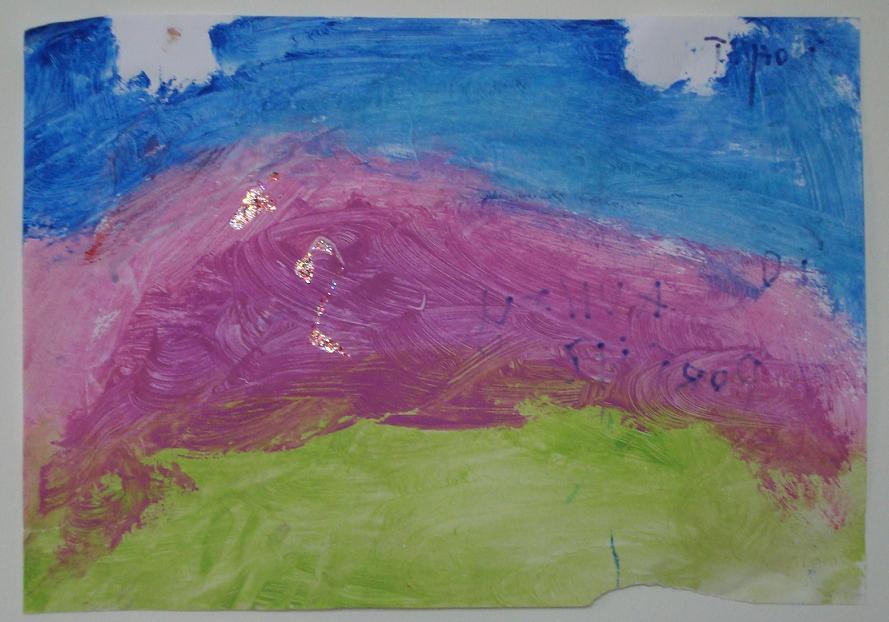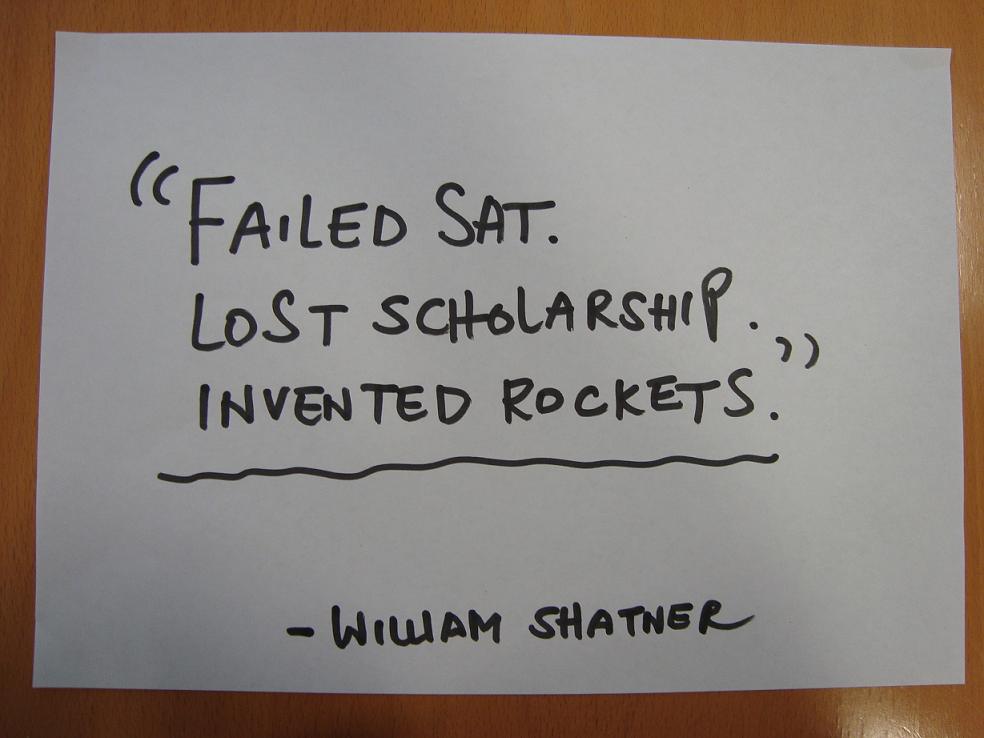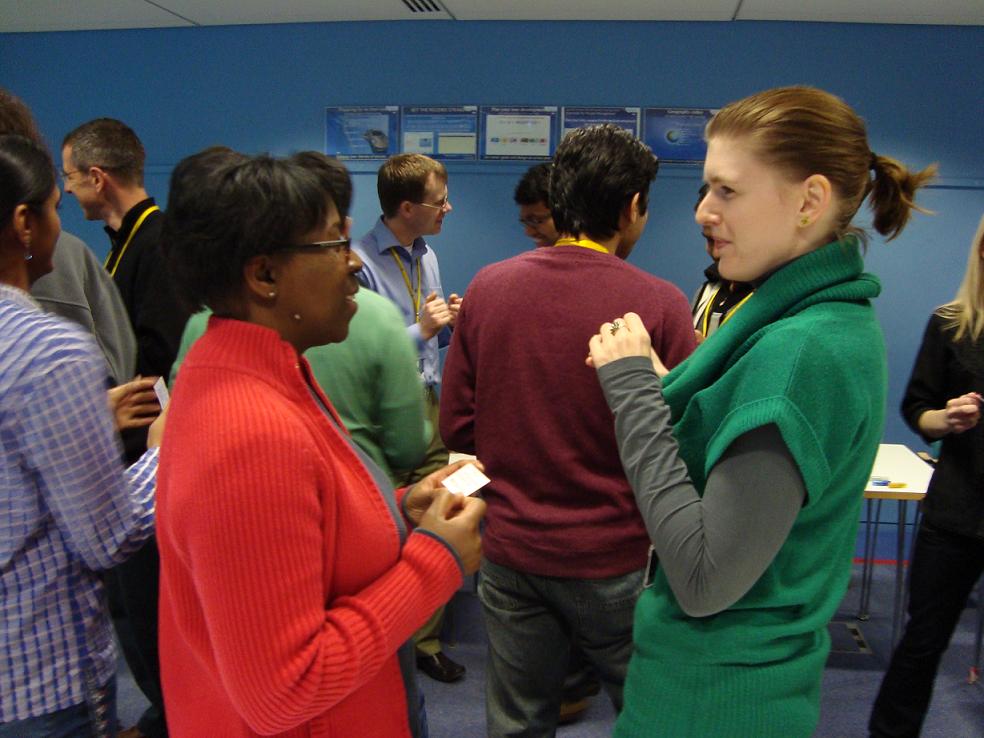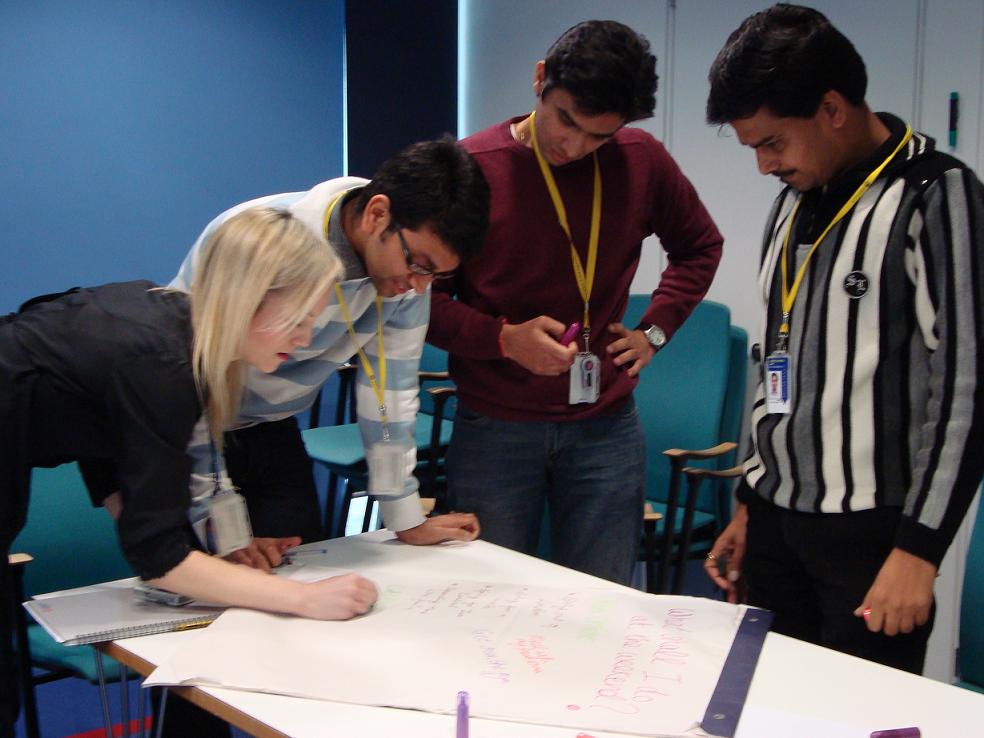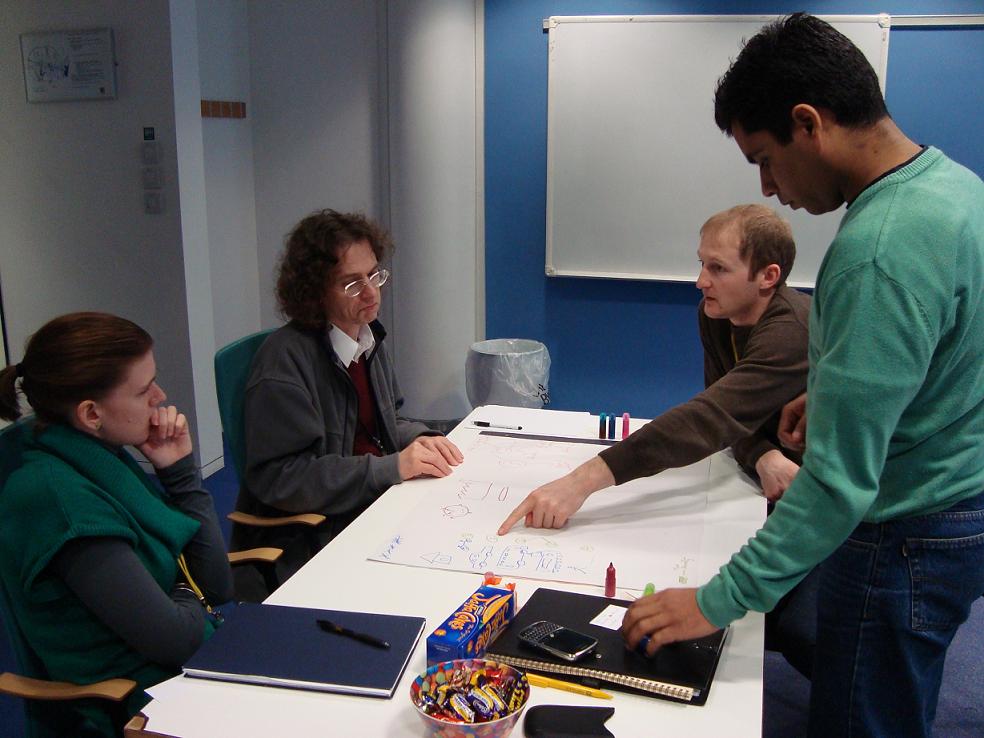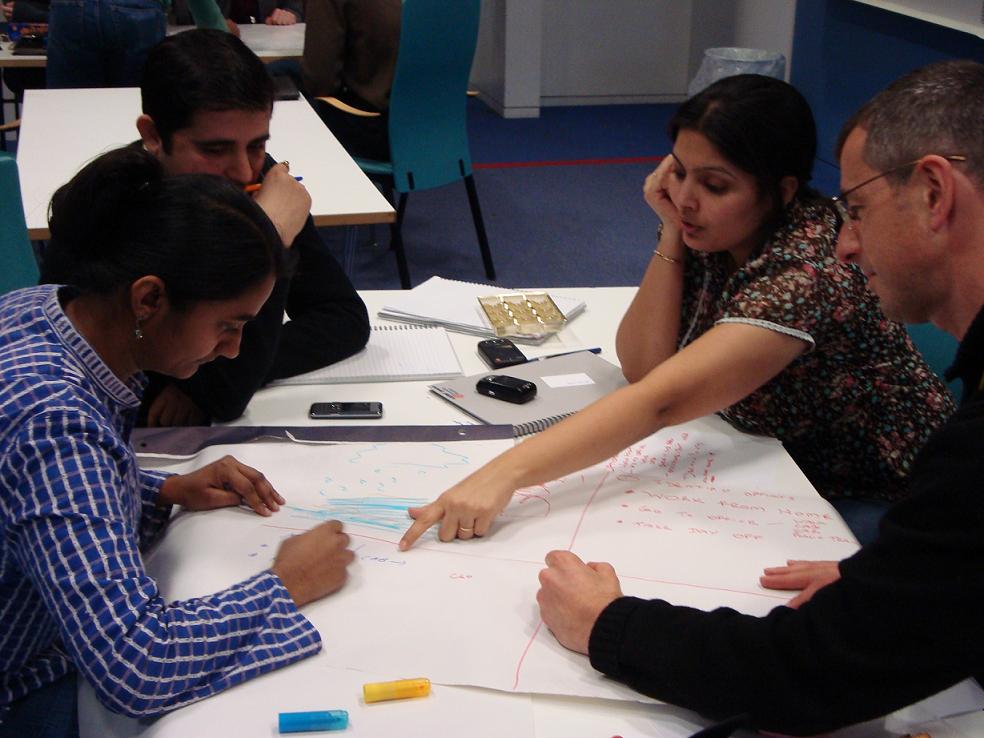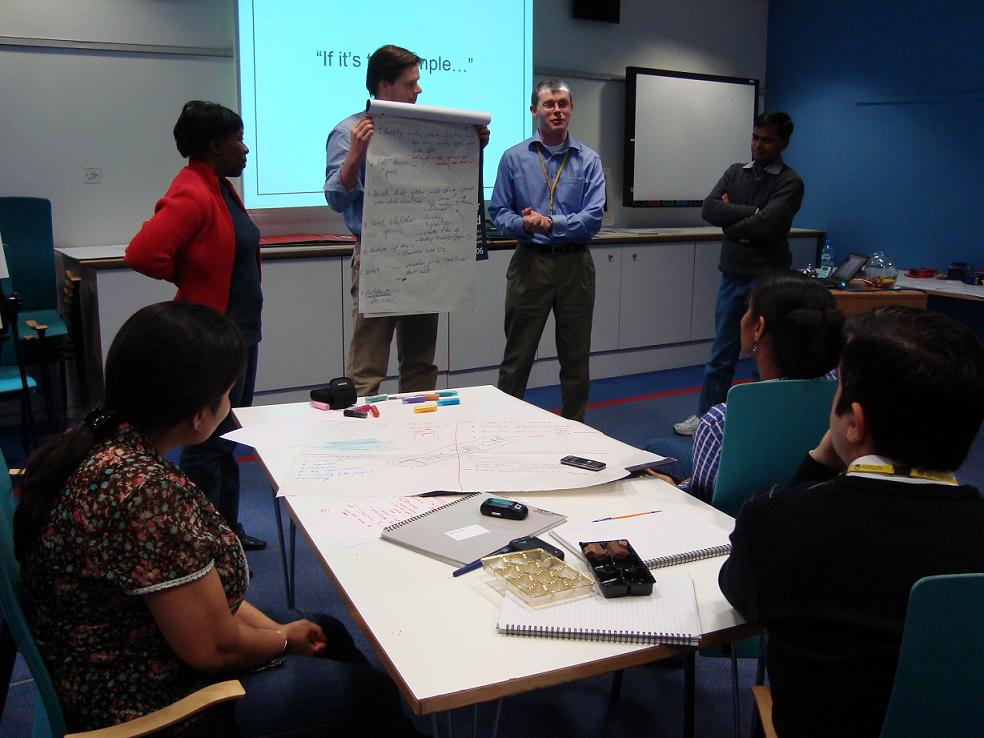I never wanted to be a consultant. That’s because the recurring pattern I saw among the consultants with whom I’d worked was this: consultants increase waste and reduce value. More often than not, they had less skill than the permanent employees they were brought in to help and, worst of all, they had little or no experience in what they were supposed to be experts at.
The result: client organisations would pay for the privilege of training the consultants while underestimating the competencies of their own people. We all know how the story ends. A legacy of more waste and less value, all at the expense of the client organisation.
Time passes and I learn two key things. One, that many of the consultants I’d met weren’t representative of good consultants. It wasn’t that consultancy was a bad profession, but rather that there were many who were doing it wrong. Two, most of us are consultants at work in that we provide options without being decision makers ourselves.
A Tale of the Unexpected
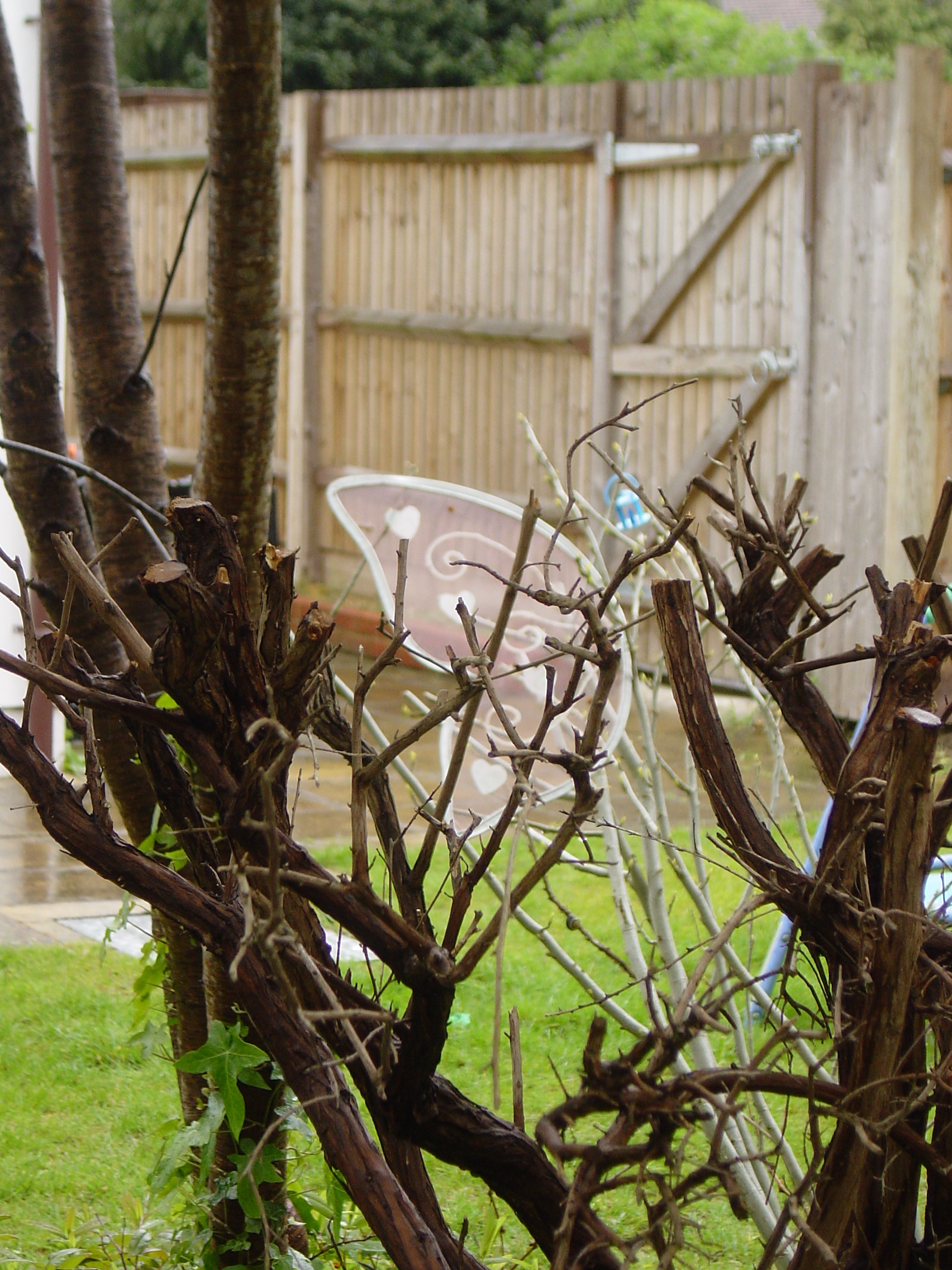 Once upon a time, I worked with an organisation that provided a bus service between the work campus and the local train station. Fortunately, as a consultant, I didn’t have to rely on the bus service to get to my meetings on time, but I couldn’t help but notice that something wasn’t quite right. Judging from the regular, long queues of fifty plus people stood at the bus stop during wind and rain, I could see the waste mounting up: a waste of people’s time, a reduction in their goodwill and a serious impact on the quality of life for those sentenced to such a terrible, and unnecessary, commute.
Once upon a time, I worked with an organisation that provided a bus service between the work campus and the local train station. Fortunately, as a consultant, I didn’t have to rely on the bus service to get to my meetings on time, but I couldn’t help but notice that something wasn’t quite right. Judging from the regular, long queues of fifty plus people stood at the bus stop during wind and rain, I could see the waste mounting up: a waste of people’s time, a reduction in their goodwill and a serious impact on the quality of life for those sentenced to such a terrible, and unnecessary, commute.
At first, I would jump into a taxi and offer a lift to those I recognised in the queue, picking up as many people as would fit into a regular 5-seater. Then I would wait at the taxi rank until I got the people carrier in order to transport more people in one go, all for the same price of a single taxi journey. After that, I practiced Genchi Genbutsu and gave up using taxis all together.
I started documenting my user experience as a bus passenger, recording details such as my waiting time, the number of of people in the queue, the rate at which the queue grew and gathering comments from other bus users and even the bus drivers. Everyone I asked told me they’d given feedback to their respective managers on the poor level of service but nothing had been done.
I continued to collect the data over a couple of weeks until one day, I’m invited out for dinner. ‘Would you like to come out for dinner with our client?’ my boss asks. ‘Will senior managers be there?’ I say.
After a brief conversation about value and quality over dessert, two of the senior managers helped reduce the average passenger waiting time to ten minutes as well as extend the bus service so that folks no longer had to pay for a taxi home if they had to work late.
Be Your Own Consultant
In my experience, a good consultant has a large toolset that’s also wide in range. They should be the kind of generalist-specialists that Agile teams strive to create. Most of important of all, a good consultant understands and enjoys working with people.
To learn more about improving your personal and professional effectiveness, I recommend reading:
- The Secrets of Consulting: A Guide to Giving and Getting Advice Successfully by Gerald Weinberg
- More Secrets of Consulting: The Consultant’s Toolkit also by Gerald Weinberg
- Flawless Consulting by Peter Block
- Stewardship: Choosing Service Over Self Interest also by Peter Block
As a consultant, I’ve learnt to be creative when it comes to delivering value because it’s not always obvious and you almost always have to first overcome considerable challenges. And the reward? Knowing that you didn’t get paid just to stand by and do nothing to help people in need.

